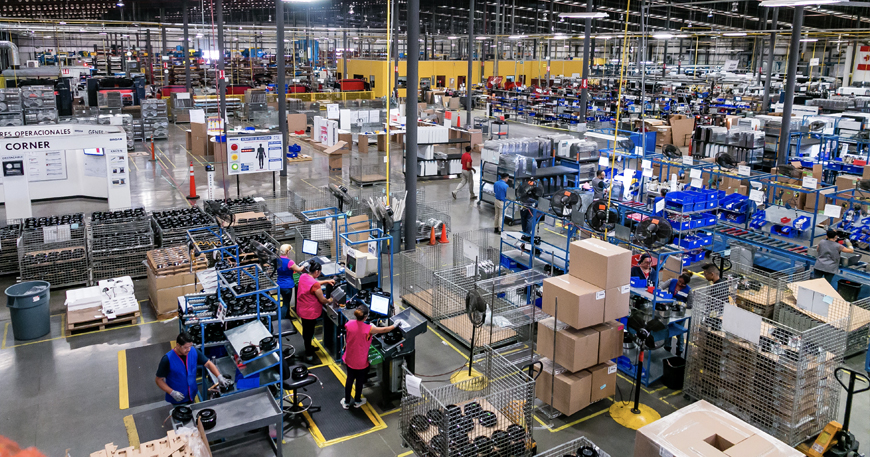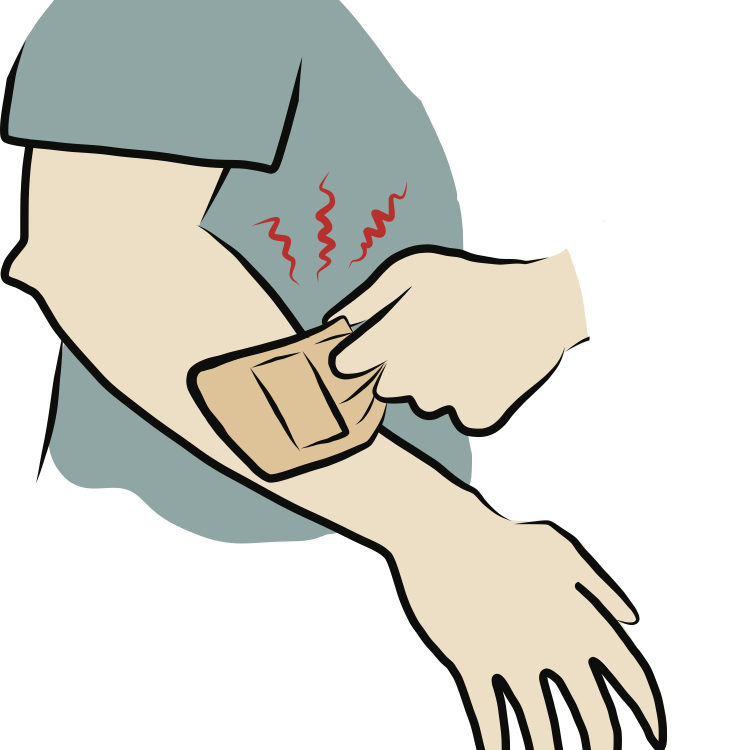Rethinking Heavy Manufacturing Risk

As with so many other industries, the COVID-19 pandemic has rattled the manufacturing industry. According to a report from global business intelligence experts, Creditsafe, manufacturers saw a significant decrease in revenue. In particular, the following sectors are expected to be most affected;
● Printing and publishing
● Miscellaneous Manufacturing
● Industrial Machinery and Equipment
● Fabricated Metal Products
● Apparel and Other Textile Products
When combined, these industries represent more than half a million businesses across the United States. And, the data states that over 17% of these businesses are expected to experience a severe negative impact from the Coronavirus.
“Manufacturing represents a significant amount of revenue, jobs, and businesses within the US,” says Matthew Debbage, Creditsafe Americas and Asia’s CEO, “Our research and analysis shows that the 10 most-affected states could see a decrease of $400 billion from the manufacturing industry alone. This type of impact will have long-term effects for the entire country.”
The challenges the heavy manufacturing industry is facing.
In fairness, this was to be expected. As a consequence of the pandemic, demand came to a halt. There was a severe drop in employment and other serious supply chain disruptions. While the industry has begun to turn things around, challenges linger. One such example is from insurance carriers who are showing a lack of interest to add new policies. At this time, they do not want to assume the risks that are associated with the heavy manufacturing industry.
In addition to a commercial general liability (CGL) policy, heavy manufacturing businesses need additional the following insurance coverage to protect themselves.
● Business Income & Extra Expense in order to cover overhead during operations that have been suspended
● Commercial Auto Insurance will handle your business’ auto, leased, and rented vehicles coverage
● Commercial Property Insurance to protect business property and equipment
● Directors and Officers Liability (D&O) to take care of any defense costs and damages from claims
● Employment Practices Liability (EPLI) will cover claims, as well as any lawsuits from employees
● Product Recall Insurance provides coverage from the costs associated with a recall
● Umbrella/Excess Liability to cover any catastrophic losses
● Workers’ Compensation to handle employee injury expenses
“The worst of the pandemic may have passed, but broker struggles continued into Q4 2020,” said Ken A. Crerar, President/CEO of The Council of Insurance Agents & Brokers. “Umbrella and D&O liability posed continued challenges due to a reluctance for carriers to write those risks, and new trouble for cyber emerged following a recent uptick in costly ransomware attacks in 2020. Brokers should stand ready to help their clients understand and navigate these challenging market conditions and identify new and emerging risks.”
Clearly, these capacity issues directly impact the heavy manufacturing industry. As such, it’s not surprising that industry leaders are proclaiming that it’s finally time to rethink heavy manufacturing risk. And, this will involve a combination of adequate rates, risk mitigation practices from the insured and risk management practices from the carriers, and embracing artificial intelligence technology.
How to rethink heavy manufacturing risk.
1. Offer adequate prices.
“Insurers can achieve more competitive pricing by simplifying the product structure and cutting unprofitable product modules that are susceptible to adverse selection,” write Gregor Becker, Udo Klotzki, Doug McElhaney, and Ashish Srivastava for McKinsey & Co. “In most cases, removing product variations enhances diversification, which also improves loss ratios. This simplification positively affects risk capacities, premium levels, and pricing competitiveness. In addition, by implementing new product features that customers actually want, insurers using behavioral pricing might be able to charge price premiums.”
After this prerequisite, McKinsey recommends embarking on a full-scale pricing transformation through the following framework;
● Underwriting strategy and risk selection by knowing the basics, boundaries, and targets.
● Technical pricing by finding out the cost price of every piece of insurance you produce.
● Market-based pricing by optimizing your pricing position in comparison to your competitors.
● Behavioral-based pricing based on customer value and portfolio elasticities.
● Price execution and governance by placing your price to the right market.
● Organization and talent by enabling your organization, sourcing top talent, and optimizing collaboration and responsibilities.
● Foundational advanced analytics and digital capabilities through data analytics and artificial intelligence.
“A full-scale pricing transformation typically includes establishing an organization’s current capabilities as a baseline, setting the vision, and developing and prioritizing a comprehensive set of use cases,” the authors note. “Insurers should proceed with creating the initial road map, designing the operating model and governance, and evaluating any potential shifts in the operating model.”
2. Improve risk mitigation practices and risk management from carriers.
“Insurers will have to look carefully at an operation’s safety focus, training, and risk management practices, as well as their loss history,” writes John Smith, president, and CEO at Pennsylvania Lumbermens Mutual Insurance Company, in Leaders Edge. “Even then, only those operations that can clearly demonstrate a comprehensive and active risk management program that is supported from the top down should be considered for coverage.”
Overall, you need to encourage manufacturers to build a culture of safety. Doing so will protect them against any disruptions, as well as high costs that are derived from the loss of key employees. Additionally, there must also be regular job safety analyses where risks are assessed and safety improvements are recommended. make safety improvements.
On the insurer side, being proactive with your more challenging operations is essential to mitigate risk, along with adding that goes beyond competitive pricing.
3. Tap into the power of AI.
Finally, if you haven’t done so yet, it’s time to embrace artificial intelligence. This technology can assist with risk management by;
● Automating and collecting data, such as vendor incident information.
● Enabling third parties to submit event notifications and updates, which in turn will speed up incident discovery.
● Providing pre-built reporting.
● Demonstrating proof of a third-party breach response plan.
What’s more, AI and machine learning can develop risk and pricing models, reduce time to market, and generalized linear models (GLMs). And, there are also tools like TrustLayer that can provide vendor proof of insurance in real-time.



